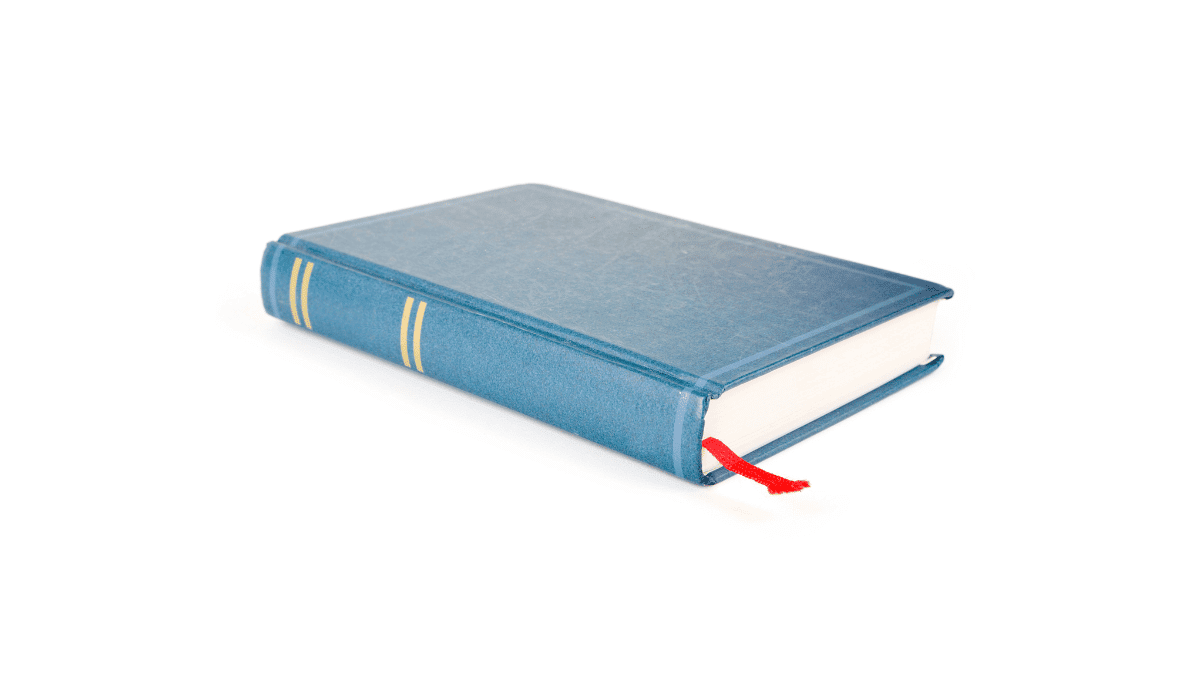When we talk about rules applicable to products being placed on the EU market, we have to focus on three main types of instruments:
- directives;
- regulations; and
- harmonized standards.
What should we know about them?
The main difference between a directive and a regulation is, that the directives are addressed to EU Member States, and they must be transposed into national laws (they do not have direct effects), while the regulations have direct effects, they do not need transposition. Therefore in case of directives market actors always have to check the EU Member States’ local legislations that transposing the directive into the national law.
(However, in certain cases, the Court recognizes the direct effect of directives, too, in order to protect the rights of individuals. A directive has direct effect when its provisions are unconditional and sufficiently clear and precise and when the EU Member State has not transposed the directive by the deadline. However, it can only have direct vertical effect, which means that only individuals can refer to this direct effect in court cases against EU Member States.)
There is, however, a tendency that is worth mentioning: the EU lawmaking is currently moving into the direction of replacing existing directives with regulations. In case of the energy label a framework regulation has already replaced the earlier framework directive, we are now in the course of a similar procedure in case of the new Batteries Regulation, and we already know that the existing General Product Safety and the Ecodesign Directive will also be replaced with a new regulations. Furthermore, it is very possible that the WEEE Directive will be amended as a regulation in the near future. Such a trend will result in better harmonization of EU legislations.
As far as harmonized standards are concerned, they are – as we will see later – only voluntary applications, providing manufacturers with possible technical solutions.
If we take into consideration all the relevant legislations applicable to products being put on the EU market, we can easily end up in a chaos. Therefore, before listing the key pieces of legislations, it is advised to understand the structure, levels and thematic types of the EU rules.
The two main groups of applicable legislations we need to focus on are:
- the harmonized product legislations (the main guide to them is the Blue Guide 2022; and
- consumer legislations.
There are also some further legislations of concern (this guide contains a list of such legislation in section 5).
Harmonized product legislations
On the basis of manufacturers’ obligations, the following key thematic types of rules can be identified:
(i) GPSD – General Product Safety Directive
It applies to products in general, if there is no special law applicable.
(ii) Substance restrictions
REACH, RoHS, SCIP, food contact materials, F-gas etc.
(iii) Laboratory testing requirements
This is the basis of the declaration of conformity.
(iv)Document requirements
Declaration of conformity and the technical documentation.
(v) Labelling requirements
CE marking, WEEE, energy labels, F-gas etc.
(vi) Standards
Consumer legislations
Consumer legislations covers a huge number of legislations that is constantly growing, due to the growing importance of e-commerce and digitalization. Therefore in this Magenta Guide we will focus on the most important pieces of this territory of product legislations:
- the new Consumer Agenda of the EU and the new Consumer Rights Directive;
- the new Sales of Goods Directive; and
- the E-commerce Directive.





